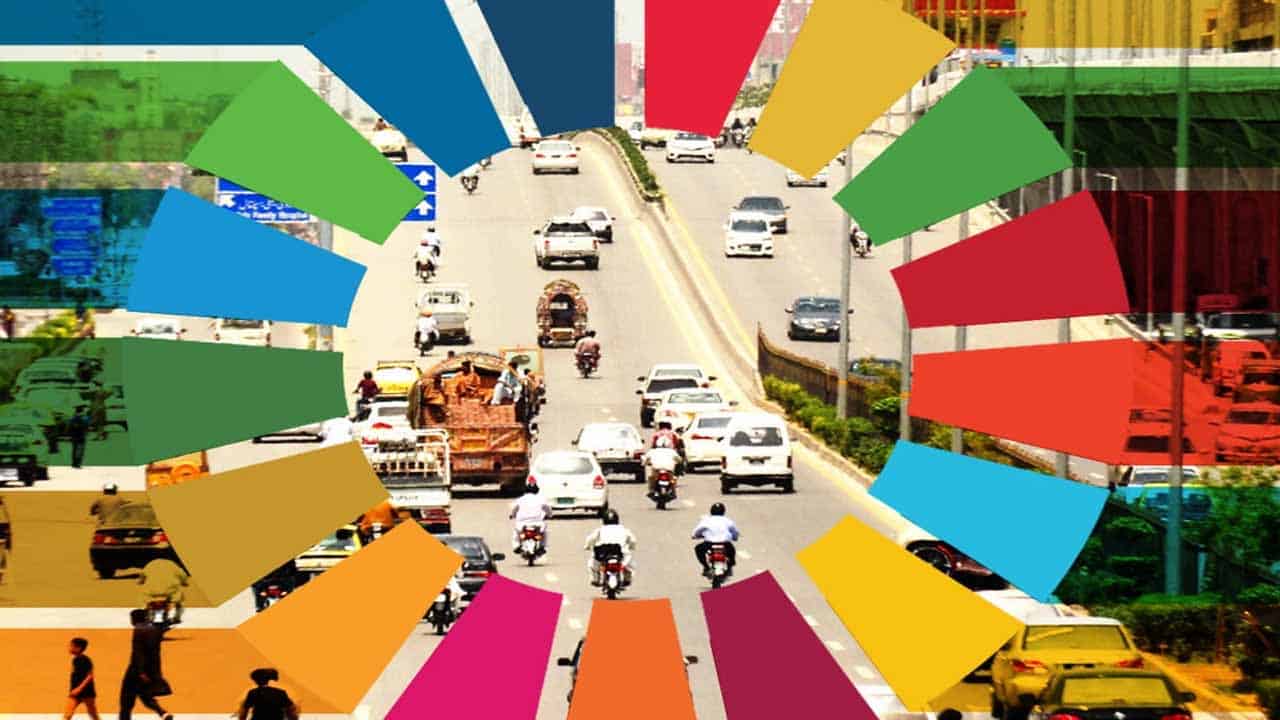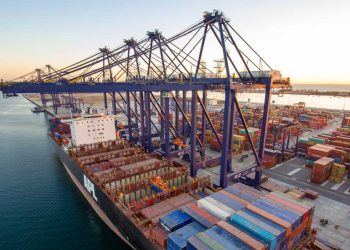Pakistan has made significant progress toward achieving its Sustainable Development Goals (SDGs), which include reductions in poverty, child mortality, and stunting, as well as improved food security, health care, and daily earnings.
According to the Pakistan SDGs Status Report 2021 produced by the Ministry of Planning and Development, it also has concerns such as rising unemployment and a decrease in the ratio of primary school completion, among other things.
According to the research, the number of people living in absolute poverty has decreased by 7.6%, from 29.5 percent in 2013-14 to 21.9 percent in 2018-19. Between 2014 and 2019, 9.3 million individuals were pulled out of poverty in this way.
The indicator for the proportion of the population living in households with access to essential services, such as drinking water, sanitation, electricity, and clean fuel, has improved noticeably, according to the study.
In general, between 2014-15 and 2019-20, the government’s spending on education, health, and social security remained stable at approximately 24% at the national level. It also revealed that between 2015 and 2019, the unemployment rate climbed by 1% to 6.9%.
According to the research, the economy slowed, and the annual growth rate of real GDP per capita fell to 3.36 percent in fiscal year 2019-20 from 2.04 percent in 2014-15.
During the period 2015-19, the national average hourly earnings climbed from Rs. 76 to Rs. 109. Between 2015 and 2019, the average urban hourly wages climbed from Rs. 83 to Rs. 116, while the average rural hourly earnings increased from Rs. 67 to Rs. 97, according to the research.
Under the SDGs indicator, the country’s undernourishment decreased by 4.2 percent between 2015 and 2019. According to the Food Insecurity Experience Scale (FIES), the prevalence of moderate or severe food insecurity in the population increased by 0.46 percent from 2018-2019 to 2019-2020. According to the report’s latest data for 2019-2020, 83.56 percent of Pakistan’s population is food secure.






